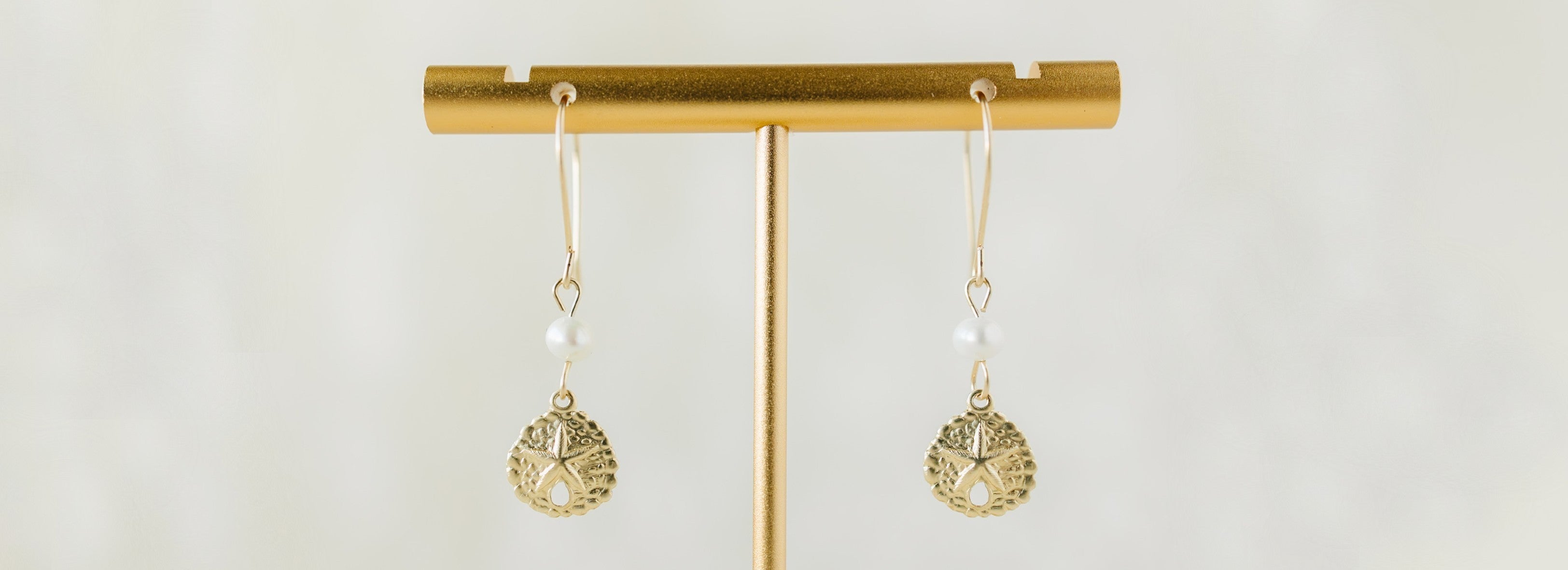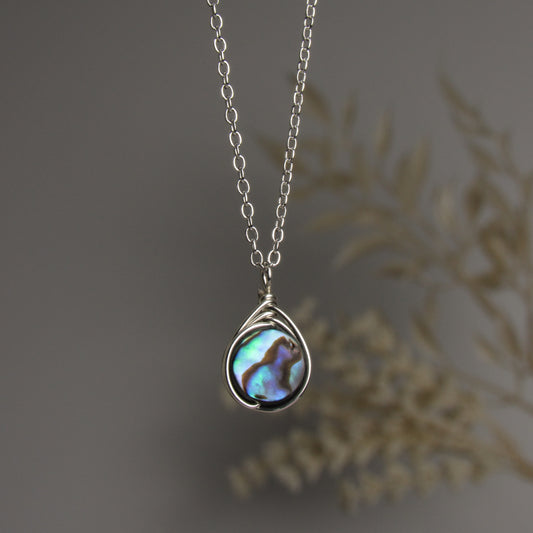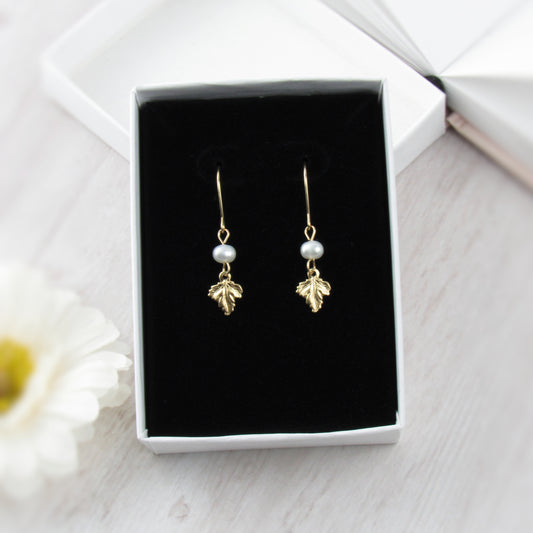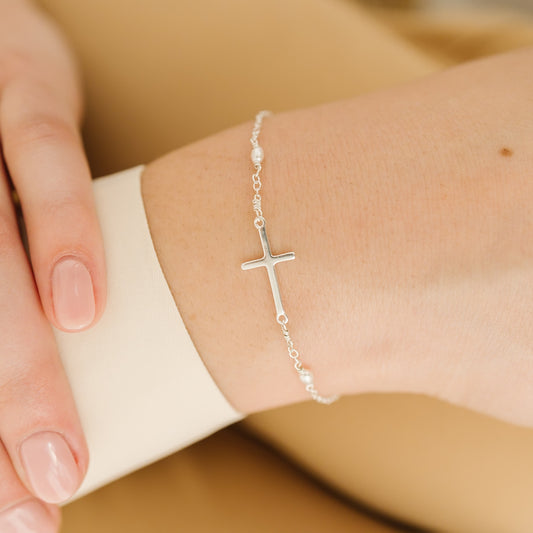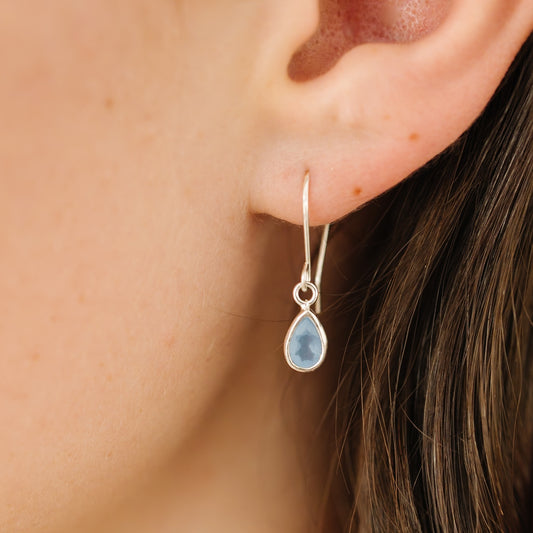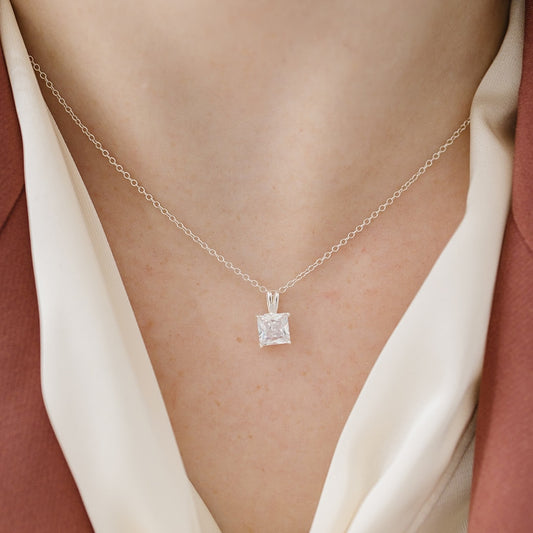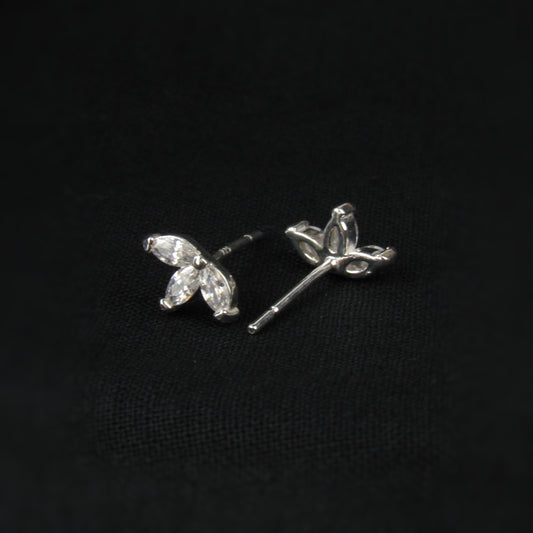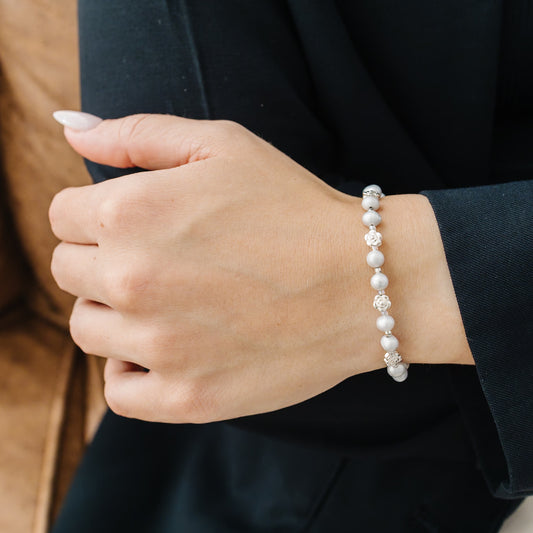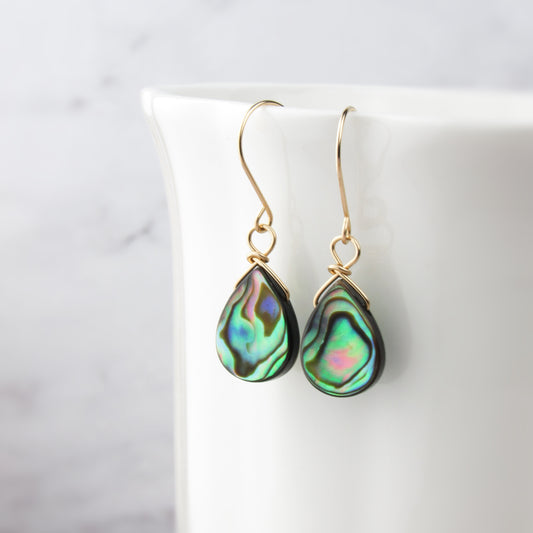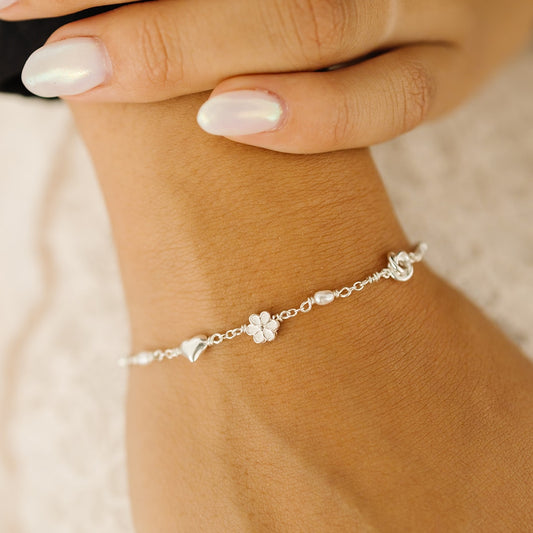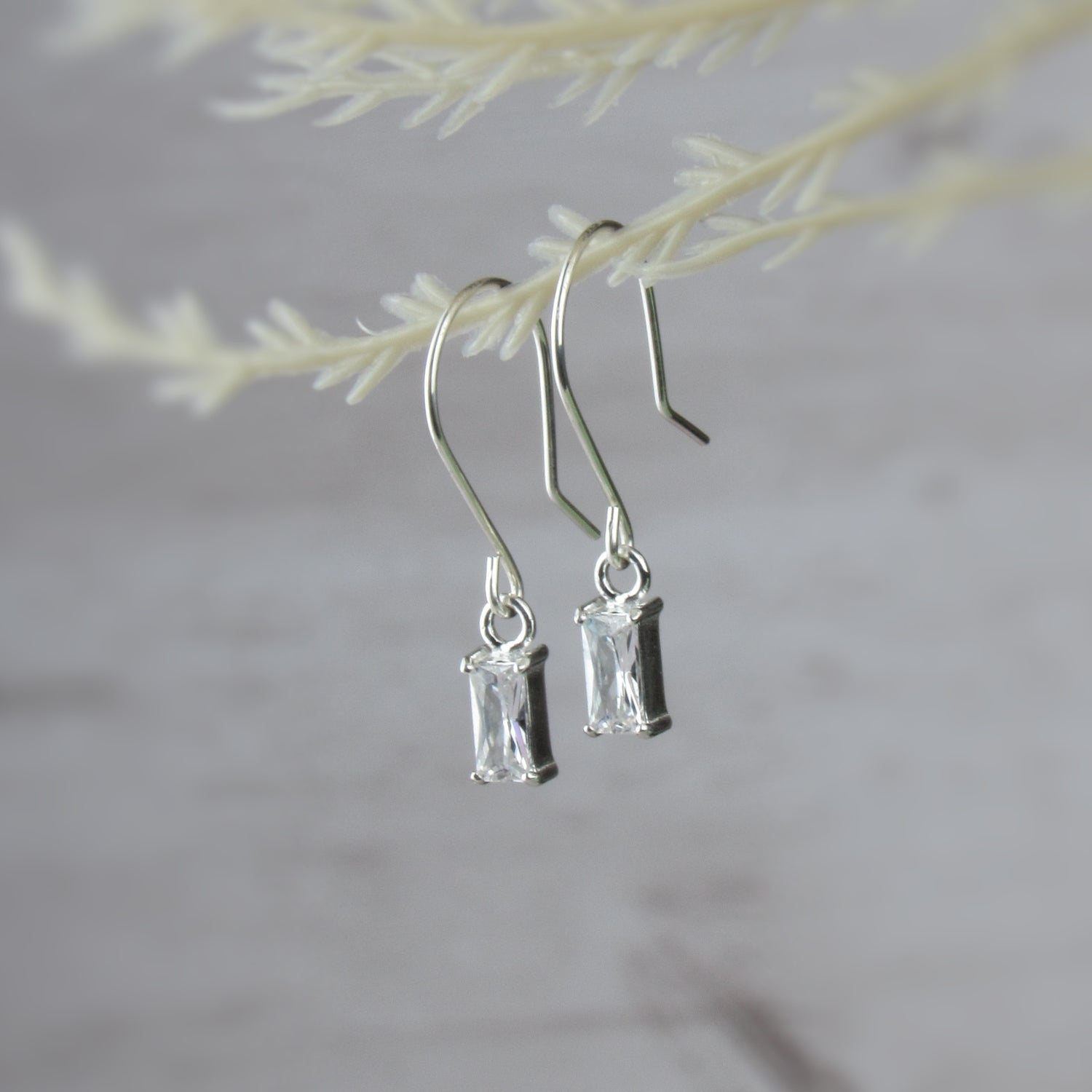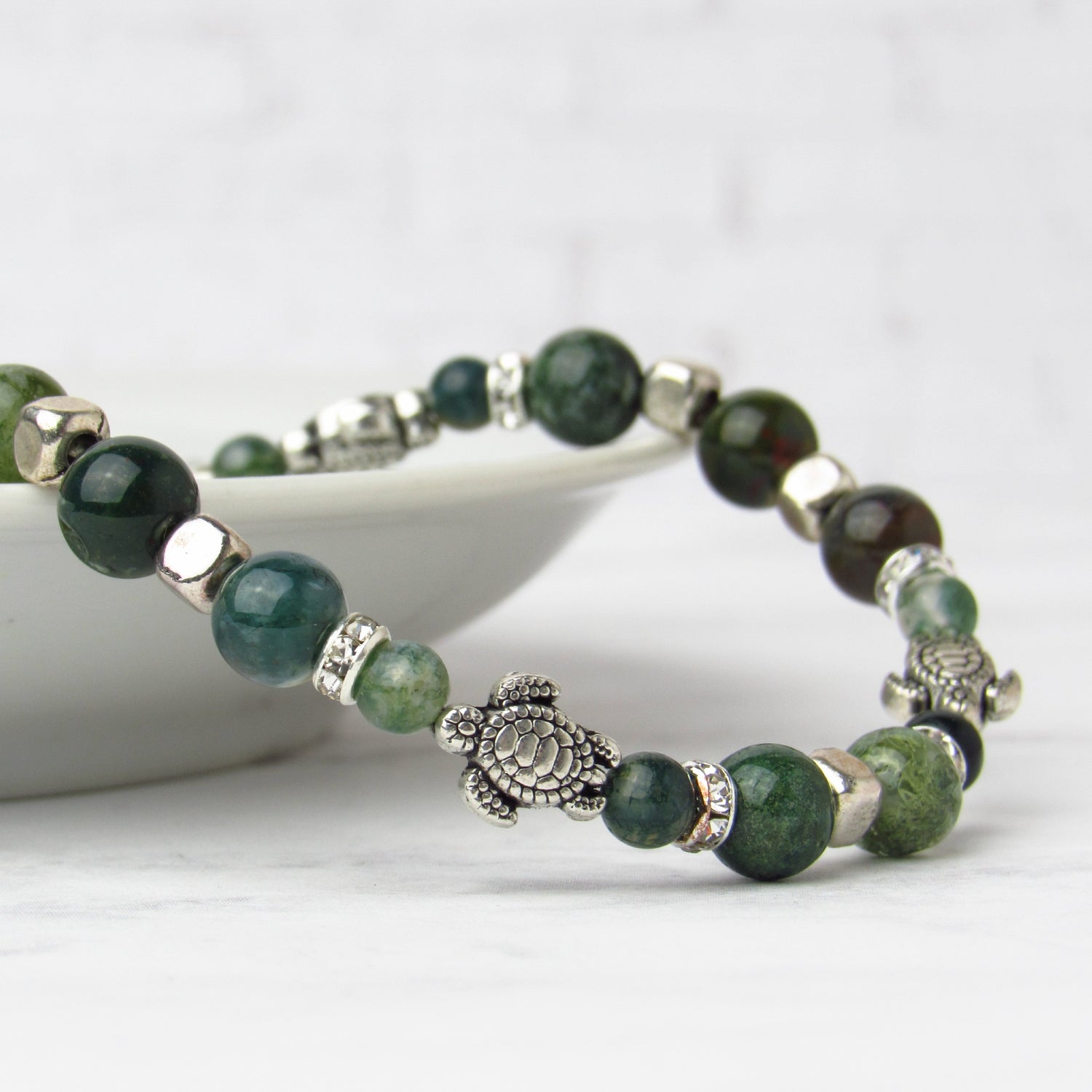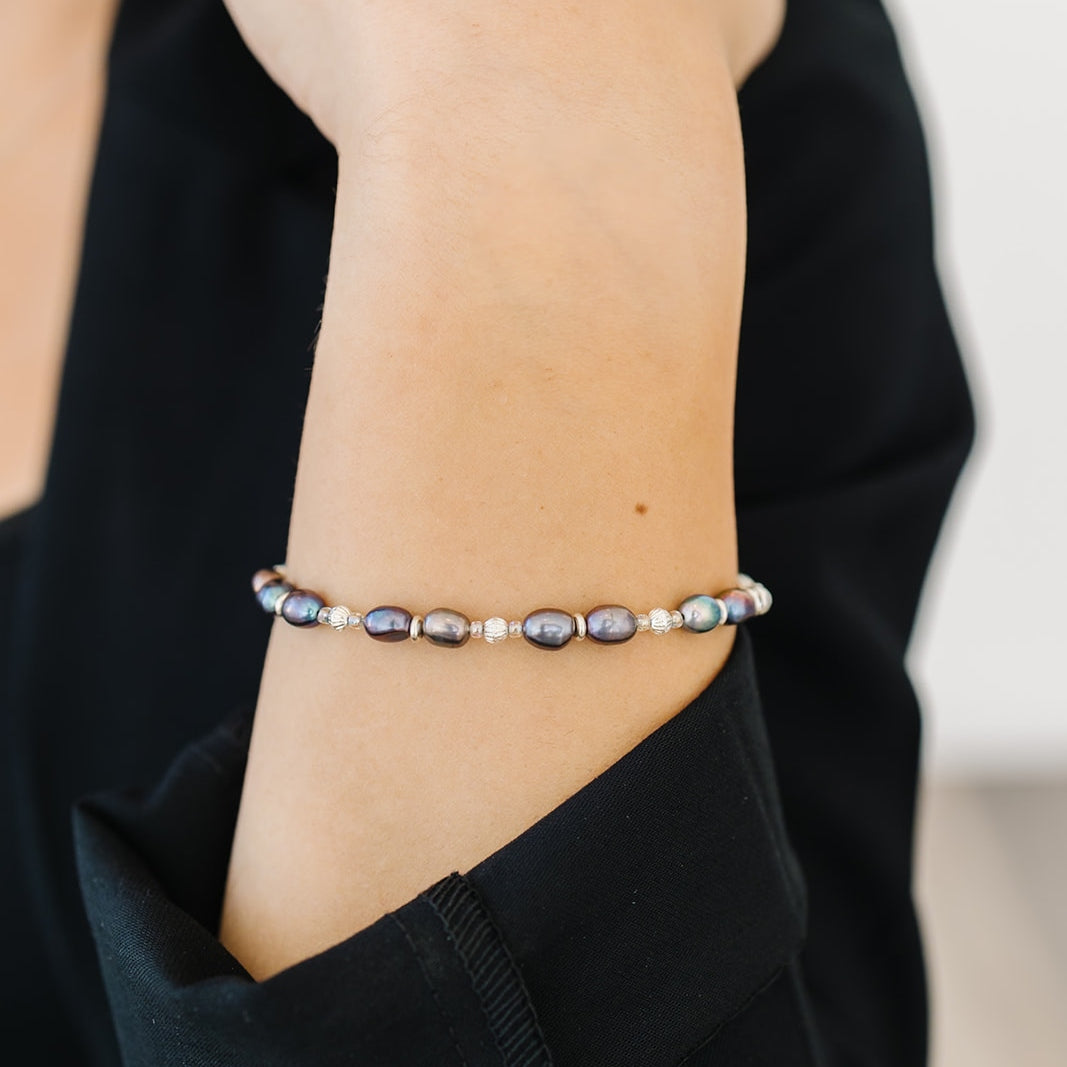

¡Suscríbase a nuestro boletín!
Cupones exclusivos | Información de venta | nuevos productos
Nada de spam ni excesivos correos electrónicos, ni ahora ni nunca.
Jewelry for Everyday
-
Collar de abulón con círculo pequeño de 8 mm
Precio habitual $38.00Precio habitualPrecio unitario / por -
Tiny Gold Leaf Earrings
Precio habitual $42.00Precio habitualPrecio unitario / por -
Dainty Cross Bracelet with Magnetic Clasp
Precio habitual $42.00Precio habitualPrecio unitario / por -
Tiny Baguette Bar Earrings Dangle
Precio habitual $26.00Precio habitualPrecio unitario / por -
Tiny Blue Chalcedony Teardrop Earrings
Precio habitual $30.00Precio habitualPrecio unitario / por
CRAFTED WITH QUALITY AND BEAUTY
-
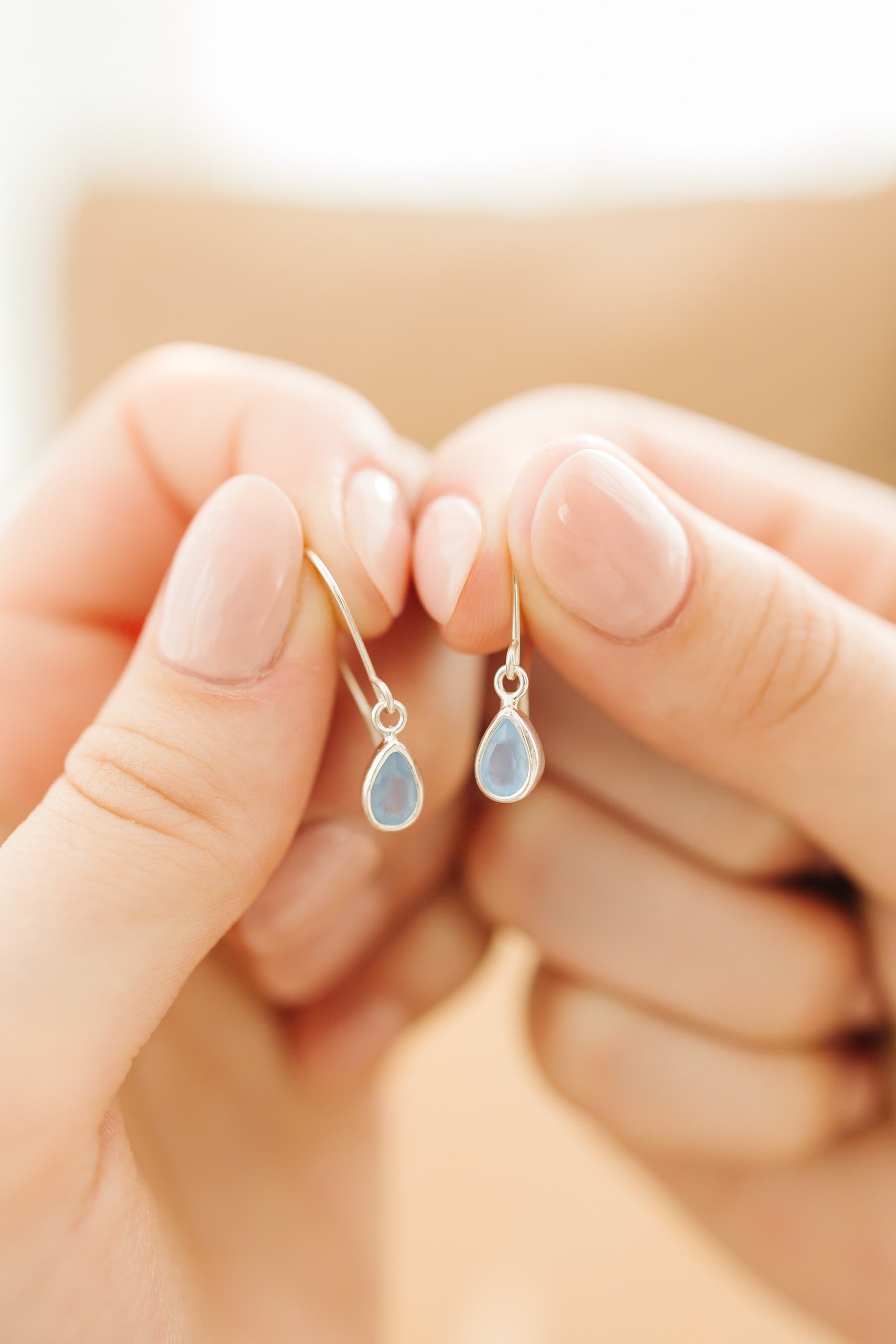
HANDMADE TREASURES
At Rosa Perlina, we know handmade is best made. Every piece in our handmade collections is carefully crafted in small batches with the closest attention to detail.
. . . . .
-
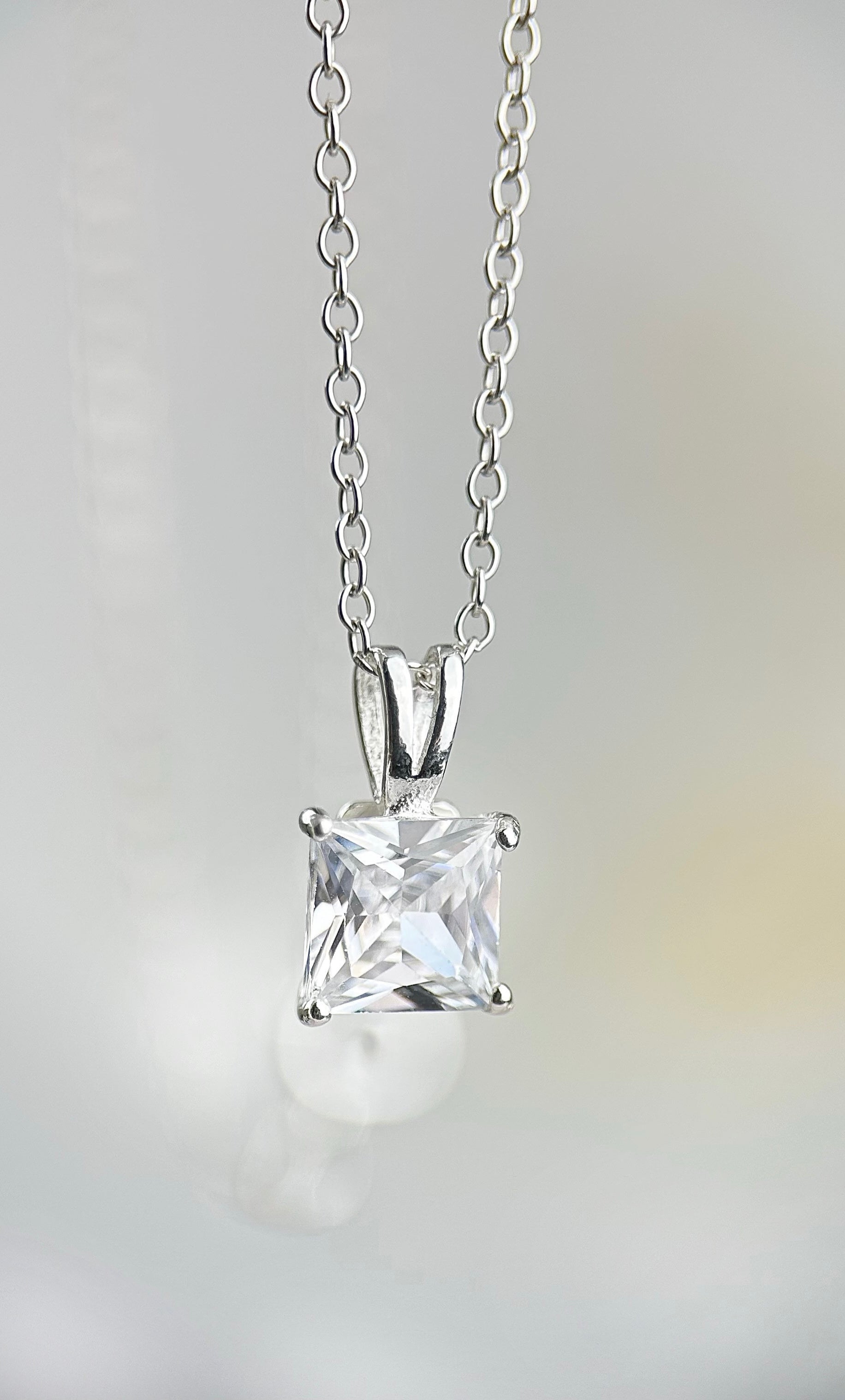
QUALITY JEWELRY
Exceptional jewelry starts with quality metals. That's why the main components of each piece are sterling silver and 14k gold filled. Read more about each metal below!
. . . . .
-
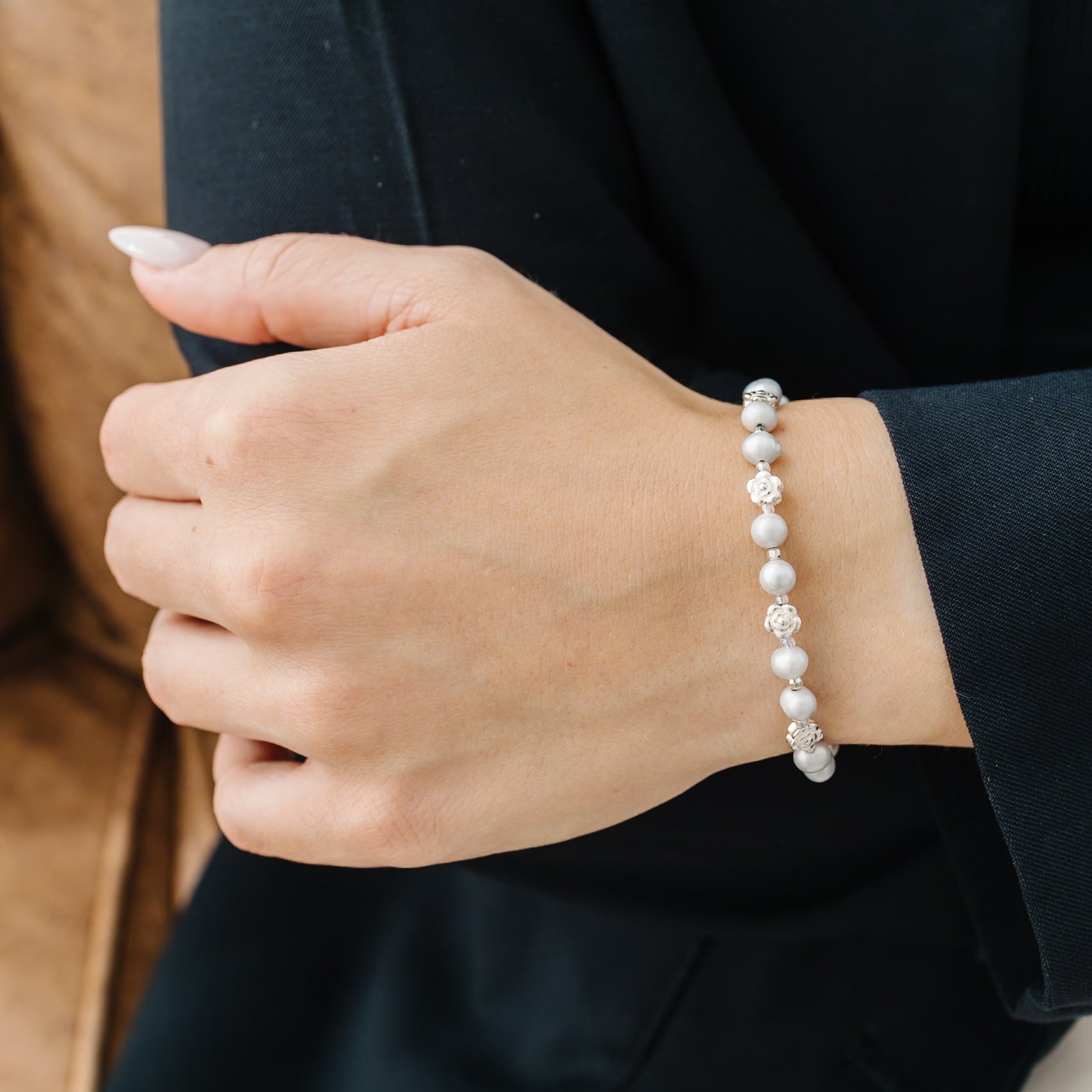
THE PERFECT GIFT
What shows you care more than a quality gift? With our many styles, finding the perfect gift is easy. Each piece of jewelry ordered comes ready to gift in an individual box.
. . . . .
COMPLETE TRANSPARENCY IN OUR CRAFT:
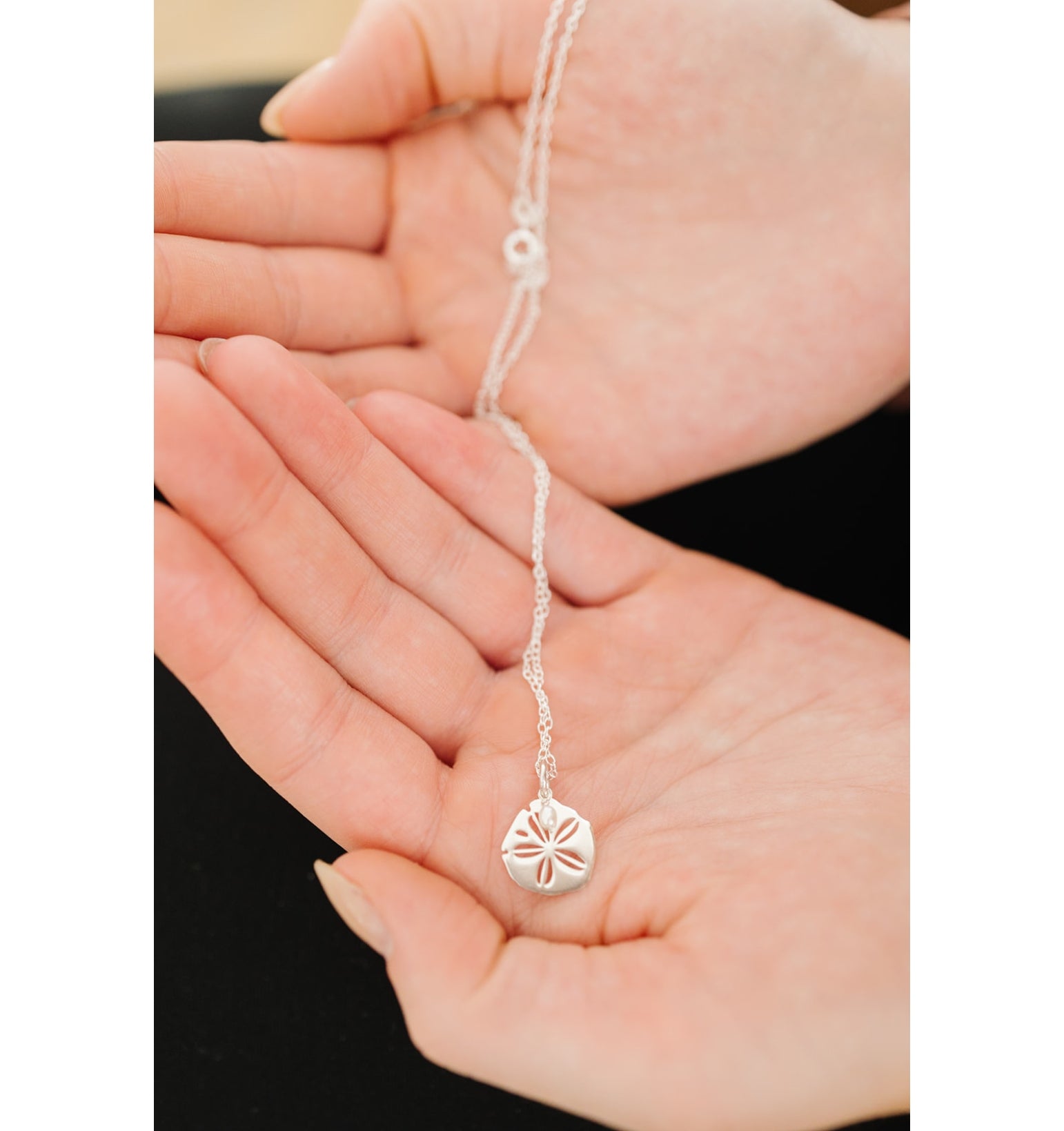
Are all your products handmade?
All or most of our products are handmade. Our beaded bracelets, dangle earrings, beaded necklaces, and charm pendants are handmade by our company. A few stud earrings and pendants are assembled.
What is Sterling Silver?
Sterling silver is an alloy, in simple terms, a combination of metals. The sterling silver alloy contains 92.5% silver and 7.5% copper. Ever notice 925 marked on our silver jewelry? That means it's sterling silver.
Pure silver with no additions is very soft and malleable, not always suitable for jewelry designs. The added copper in .925 silver works wonders for this alloy, making it strong and durable for jewelry. Sterling silver's quality and durability make it a favorite among jewelry lovers worldwide.
What is Gold Filled?
To first clear up some possible confusion, gold-filled jewelry is not "filled" with gold. Although similar to gold-plated jewelry, the benefits of gold-filled jewelry surpass gold-plated in durability, quality, and longevity.
Gold-filled jewelry contains a base layer of metal with a thick layer of mechanically bonded gold alloy to the surface. So how is gold-plated jewelry different? The production of both gold-filled and plated along with the percentage of gold alloy used creates two significantly different products.
Gold plating uses a very thin surface layer of gold on a base metal. For better understanding, gold-filled products contain 100% more gold than plated jewelry. The higher percentage of gold contributes to gold-filled jewelry's excellent tarnish resistance and durability.
Is Rosa Perlina's jewelry hypoallergenic?
Sterling silver and gold-filled jewelry are both considered hypoallergenic. It's unlikely to have an allergy to these metals, but it's possible.
Though it's rare, some people may be allergic to the copper in sterling silver. Another example is gold jewelry. Others may have a reaction to 14k gold jewelry, but not 18k due to its higher percentage of gold.
In our detailed descriptions, the exact metals found in each piece are listed. If you have any questions, please don't hesitate to contact us through our contact page.
Are Rosa Perlina's earrings safe for sensitive ears?
Each earring wire or post is made from sterling silver or 14k gold-filled. These metals are considered hypoallergenic and safer for sensitive skin. Though unlikely, some ears may still be sensitive to these metals.
Our handmade earring hooks are crafted from USA-made sterling silver and 14k gold-filled wire. These wires are nickel, lead, and cadmium free.
Please contact us through our contact page with any questions.
Does Rosa Perlina's jewelry tarnish?
Most jewelry has the capability of tarnishing. If jewelry does tarnish, it depends on how it's cared for and environmental factors. When it comes to tarnish, prevention is key.
Is tarnishing normal? Yes, you can say so. Since jewelry is rarely made from entirely pure silver or gold, tarnishing is possible due to the added metals in the silver or gold alloy. Pure gold and silver do not tarnish.
An example is the sterling silver alloy. Copper is a necessary additive to strengthen silver in jewelry making but may react with impurities in the atmosphere, chemicals, and even certain skin pH, eventually causing tarnish.
Here are a few factors that contribute to tarnish:
- Household chemicals
- Certain skin pH
- Heat, sun, and humidity
- Water exposure
- Certain cosmetics and perfumes
- Air pollution
Tarnishing is reversible and preventable. Please read below on how to properly care for your jewelry.
How do I care for my jewelry pieces?
Here's a jewelry care tip you probably didn't' know: last on and first off. You're likely using makeup, perfume, and lotions to prepare yourself for the day. Since these products can contribute to tarnish, it's best to limit exposure to them by following this rule. Additionally, gently wiping your jewelry at the end of the day is best to remove any products, dirt, and moisture.
Here are a few tips to keep your jewelry shiny and scratch-free with no sign of tarnish…
Proper storage is key to keeping your jewelry safe and protected. Here are a few notes:
- A sturdy, preferably hard-case jewelry box prevents anything from crushing delicate pieces.
- Keep jewelry separated to prevent scratching.
- Ensure your jewelry is dry and clean before inserting it into storage.
- Keep chains organized to prevent tangles.
- Don't store tarnished jewelry with clean jewelry.
Limiting exposure to certain elements throughout the day will prevent physical damage and significantly reduce the possibility of tarnish. Make sure to limit exposure to these:
- Household cleaning chemicals
- Tap water, pool water, salt water
- Sun and heart
- Certain cosmetics, perfumes, and deodorants
Day-to-day activities may add unexpected exposure and damage to your jewelry. Try to avoid these tasks when wearing jewelry:
- Swimming or showering
- Cleaning, cooking, and gardening
- Sports and exercise
Why are returns and exchanges not accepted?
Providing our customers with quality jewelry is our top priority. We guarantee our customers a brand new, unused piece of jewelry coming directly from our shop to your home. We want you to feel confident your unique piece was never returned or exchanged previously.
If you experience any issues regarding delivery or your received product, please contact us through our contact page.
- Customer Reviews -
Let customers speak for us
from 171 reviewsBeautiful bracelet! Extremely well made, and shipping was very fast.

Really pretty and it sparkles and that was a nice surprise.

Beautiful earring and the perfect size, very happy with the purchase and how fast it was shipped and received.

Dainty bracelet crafted beautifully with gorgeous colors, just as described. Birthday gift for a turtle lover who totally loved it. Packaged carefully and shipped immediately. Sale exceeded all expectations. Thank you.

Absolutely beautiful pair of earrings. The match already a necklace I have. I’m receiving many compliments on them. Thanks!

I made a mistake with my order and she went above and beyond, taking about a half hour out of her evening to help straighten it out. It was great! I bought the bracelet as a gift to a Thabks!friend. She said she loves it.

This is my second pair of sterling silver abalone earrings from RosaPerlina. They are delicate, beautiful and so well crafted. Shipping was very fast and I cannot wait to wear them!

This item exceeded my expectations. It is absolutely beautiful. I purchased it because it matches my husband's wedding band. I love it!

These were a Graduation present that I ordered last minute and needed in a hurry. They showed up in time for the party. The craftsmanship was perfect. The way the silver wire is wrapped around the shell is dainty and pretty. These are beautiful.

This bracelet is very cute. It came very fast, and looked better than on line. Thank you for a good product.

The turtle bracelet I ordered was beautiful and well made. Shipping was fast and I received it so quickly, Quality results will make me shop again at this store. Love the bracelet!

So happy with this purchase. Delivery was fast and the piece is just beautiful! Definitely met my expectations!

Perlina's Picks
-
Dainty Square Crystal Necklace
Precio habitual $35.00Precio habitualPrecio unitario / por -
Tiny Rhinestone Leaflet Stud Earrings
Precio habitual $25.00Precio habitualPrecio unitario / por -
Pulsera Rosa Gris con Perlas de Agua Dulce
Precio habitual $58.00Precio habitualPrecio unitario / por -
Gold Teardrop Abalone Earrings
Precio habitual $40.00Precio habitualPrecio unitario / por -
Rosa Perlina Charm Bracelet (SPECIAL ORDER)
Precio habitual A partir de $95.00Precio habitualPrecio unitario / por
